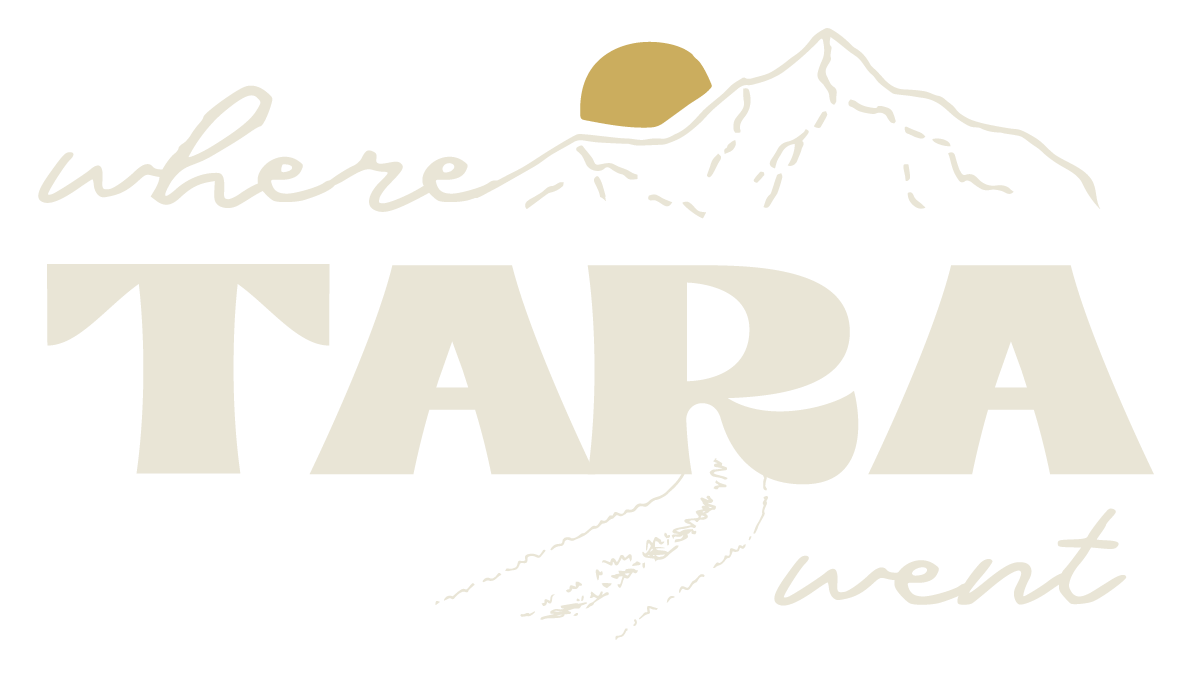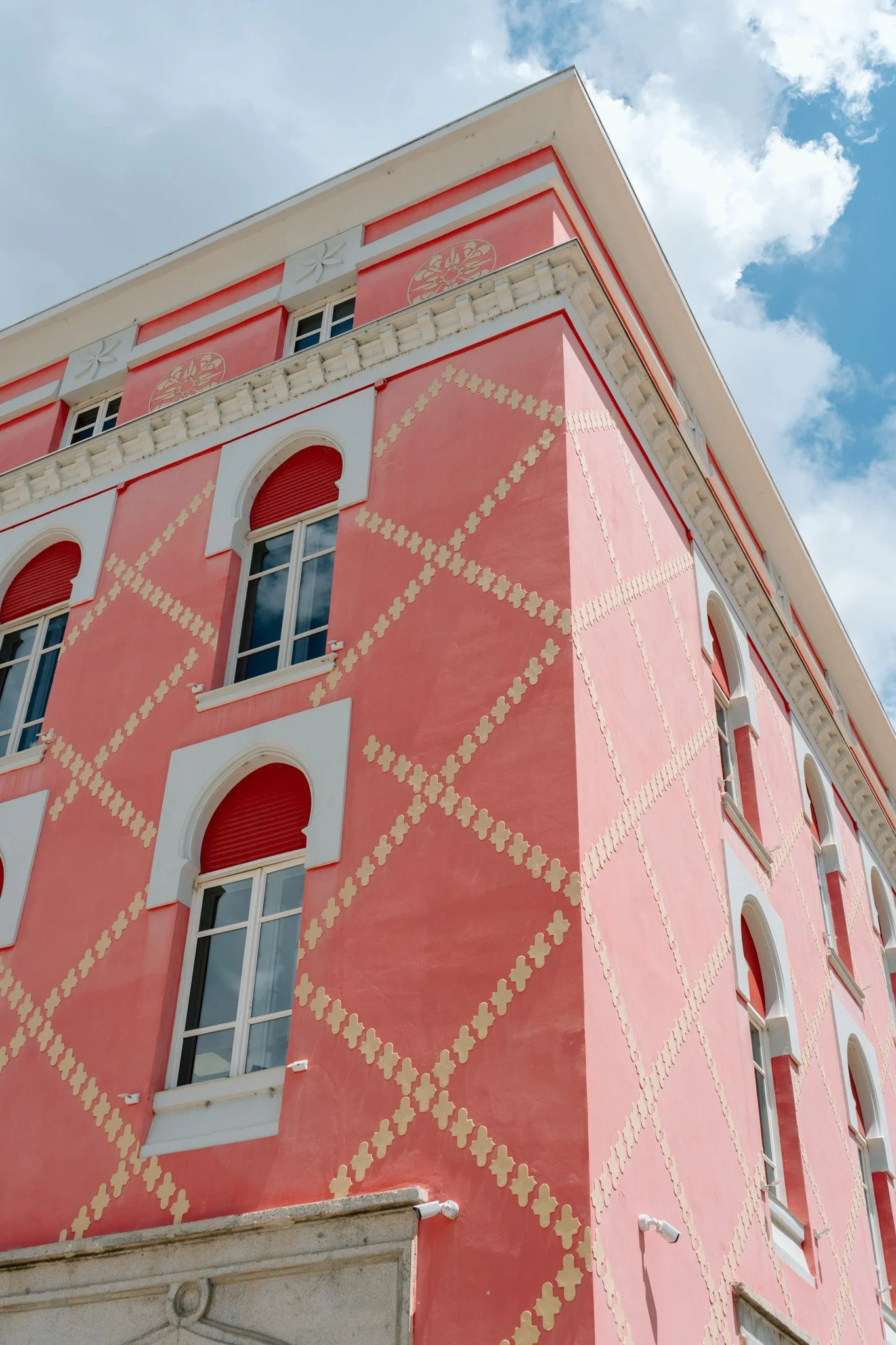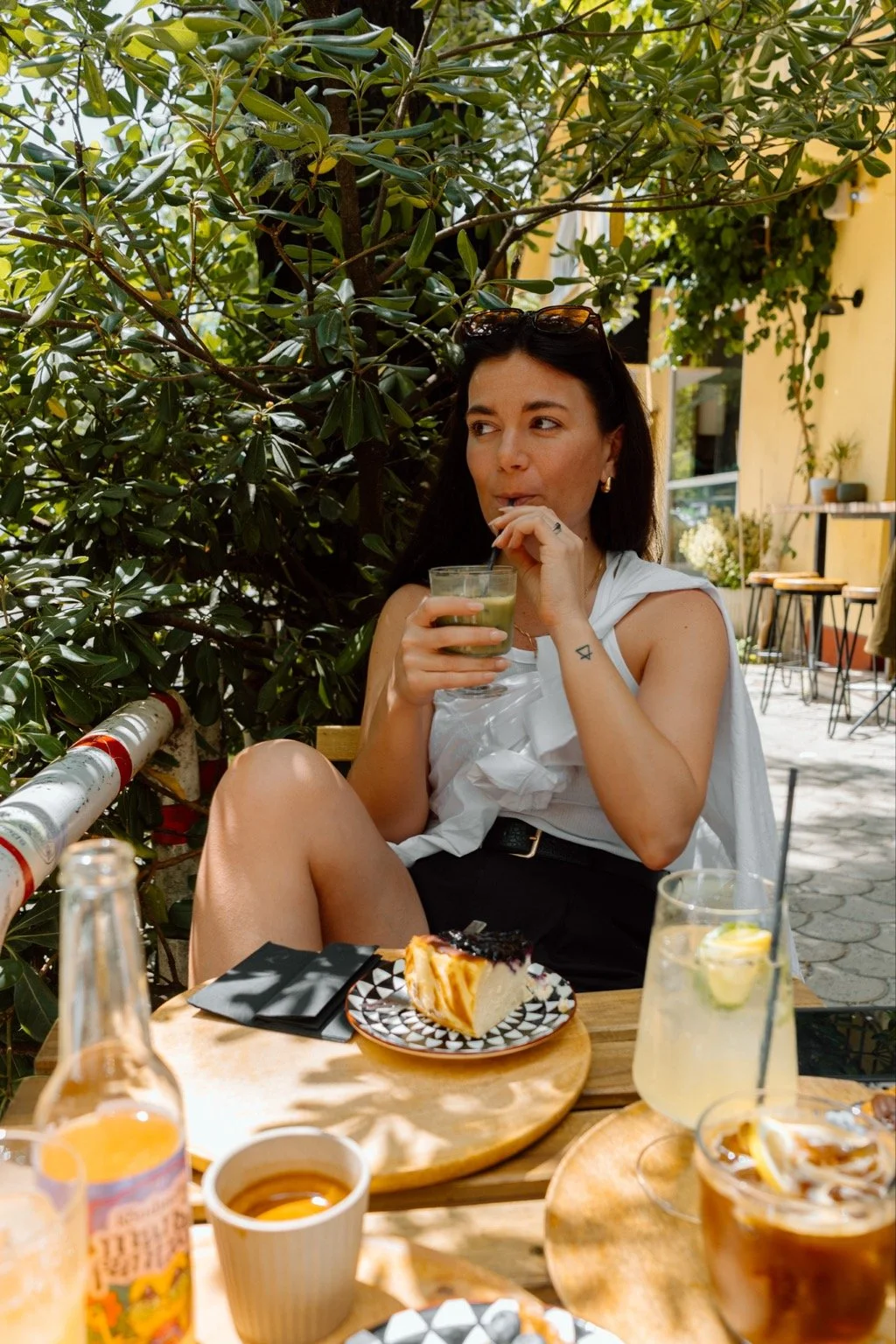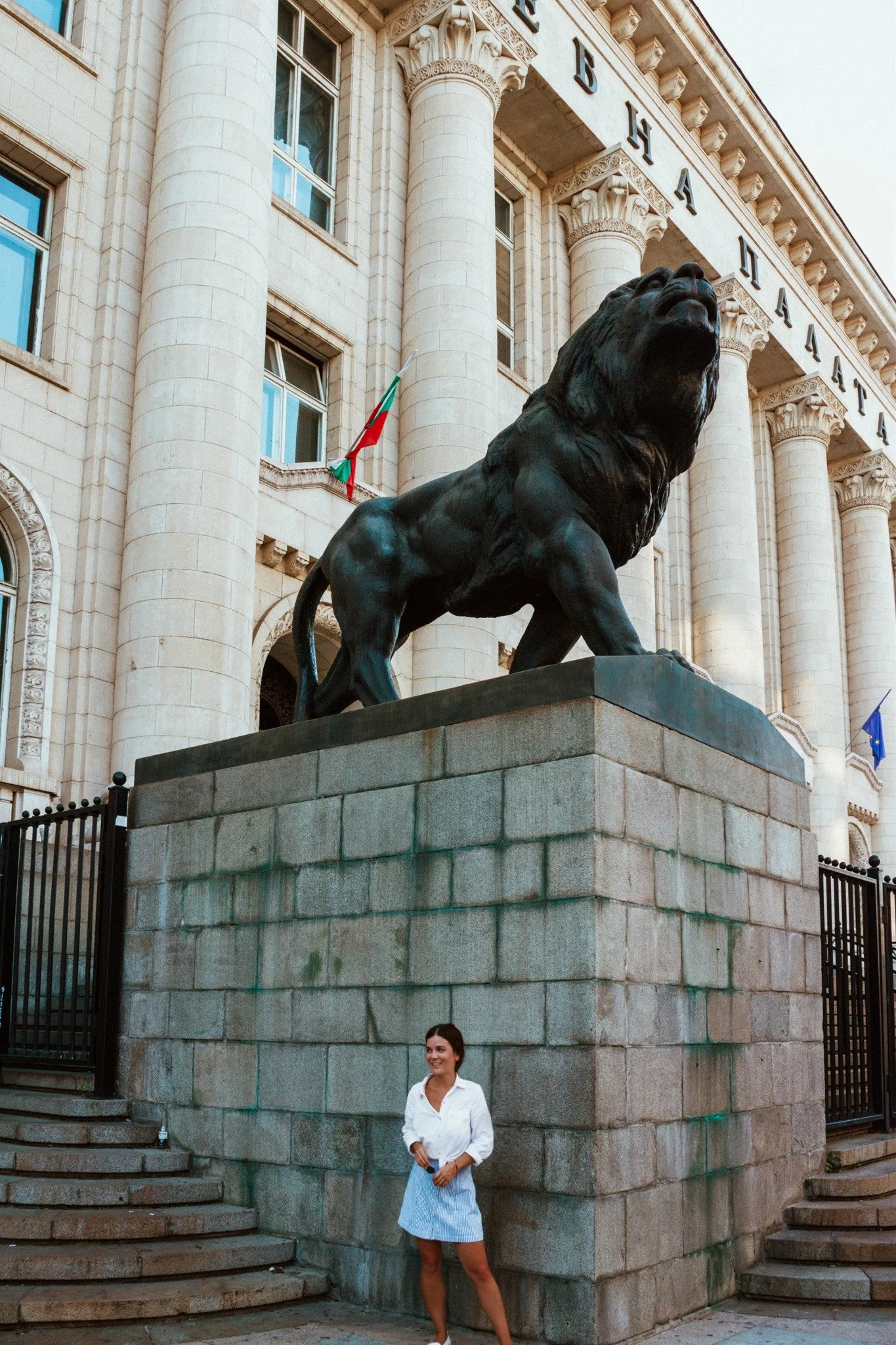20 top tips for your first visit to Croatia + what I would have done differently
Planning a trip to Croatia? Be sure to read this guide before you go, packed with helpful tips and advice to help you make the most of your visit to this stunning European destination. Learn about the best places to go, what to eat, how to get around, and more.
I couldn’t wait to head to Croatia this summer. I had heard about its stunning beaches and had read all about the Game of Thrones shooting locations.
And then…I arrived. This is probably going to get a lot of internet hate, but…I didn’t love Croatia. I liked it, sort of. But I wouldn’t rush back. Yes, there was plenty to see and no, I didn’t have a bad time. Not every place is “for” everybody, and Croatia just wasn’t “for” me.
I admit, there were a number of factors that might have contributed to my lackluster feelings for Croatia. In the name of full disclosure, and because I would never want to discourage anyone from going to a destination they have their hearts set on, I thought I’d include what detracted from my time on the Dalmatian Coast.
why i didn’t love croatia
First, I came to Croatia from Slovenia, which was about as quaint and picturesque as any city can get. Lake Bled’s blue waters and thick forests left me stunned and set the bar exceedingly high. Compared to countries even further back in this summer’s itinerary and Croatia visually just did not stack up. The coastline I had heard so much about wasn’t really visible thanks to summer crowds and the water was prettier in Portugal. This is all subjective, but I just didn’t really get the hype.
Second, the affordability of previous destinations made Croatia’s lack of value for money overwhelmingly obvious. The cheapest accommodation I could find within walking distance of Old Town in Dubrovnik was well over USD $100 for two night. It was a private room without air-conditioning or any bells and whistles, and it was actually more expensive to grab a bunk in a hostel dorm at the time I visited. To put that price tag into perspective, that same USD $100 stretched over 5 nights in Budapest for a private room with a free-to-use laundry room, private shower and toilet, large and airy kitchen with every utensil and all the dishware anyone would need, and temperature control.
Next, I didn’t go sailing. Partly because of the cost, but mostly because the idea of spending hundreds of dollars to go boozing on a boat just isn’t my thing {but, if it’s yours this is the place to do it}. Most people who rave about Croatia have gone sailing and enjoyed it from the water. Maybe it was a mistake or maybe it was me being “true to myself”— either way, my time in Croatia might have been different had I given sailing a go.
Finally, the over-tourism I witnessed firsthand in Croatia, which I admittedly contributed to by being there, was as terrible as I’d read about. By 8A.M., the streets of Split had filled to the point that getting into the small coffee shop I wanted to visit required me cutting through a sea of people, shoulder-to-shoulder. The photos I’ve posted without people in them were all taken around 7A.M. and with a lot of patience even that early.
20 tips for your first visit to croatia
1.don’t visit during peak season
This is easily the #1 piece of advice I’d give anyone looking to book a trip to Croatia. Hoards of people, swelling temperatures, exorbitant prices for very little value— that’s how I’d sum up Croatia’s peak tourist season.
2. smoking is allowed nearly everywhere
Like many places in Europe, smoking is allowed in most restaurants, cafés, and public spaces in Croatia. Those with asthma or who generally hate heavy smoke {i.e. ME}, should be prepared to deal with people puffing all over the place.
3. cash is still king
Do yourself a favour and bring cash with you. This one tip will save you time and frustration, trust me. I can’t tell you how much of a bummer it was to get somewhere only to find out they’re a cash-only establishment. I’d carry kunas with you if you are wanting to visit most cafés, family-owned eateries, and/or supermarkets. What made the situation worse? In the main cities I visited, the closest ATMs were always EuroNet. Which leads me to tip #4…
4. do not use Euronet cash points- ever
I was lucky enough to learn about the poor rates and high fees associated with using a EuroNet ATM prior to my winter trip to Prague thanks to this video. As a very basic example of the money you’ll lose using one of these machines, a friend tried taking out $50 and was going to be charged another $10 by EuroNet. The perk of EuroNet is that there is no withdraw limit, so you can grab out a fat stack of cash in one go, but you will pay a heap for the convenience.
5. Zagreb is worth a visit
I know capital cities get a lot of flack. I’m not above giving them schtick. However, I was pleasantly surprised by Zagreb. It was my first stop in Croatia and its sunny weather and sparse crowds made it feel somehow hidden compared to Dubrovnik and Split, which sounds ridiculous because its the country’s largest city. Still, the cool cafés and beautiful buildings really gave me a bright-eyed start to my Croatian adventure.
6. supermarket meals will save you money, but your options might be limited
A supermarket shop is a budget traveler’s best friend, since it saves you heaps of money. The supermarkets in Dubrovnik and Split, had fewer options than you might expect. Dinners were limited to pesto pasta and the like. Zagreb has much more on its grocery shelves, but anywhere outside of the capital forced us to either get creative in the kitchen or deal with monotonous meals.
7. Split is beautiful beach city…but the beaches are a distance from the actual city
Truthfully, getting to and from the beaches in Split was a pain. It was a mission that required a long walk in the hot {like, super hot} sun or grabbing a taxi {which adds up after a few days and multiple beach lays}. Our AirBnB was a 20-minute walk from one of the highly-recommended local beaches, but that meant walking along busy roads in harsh heat. Beaches closer to the Old Town are very touristy and fill up really early. They are also still a 10-15-minute walk away. It’s doable, but it isn’t effortless.
8. prepare for icy waters
Despite the aforementioned heat during the summer, the water was icy. Not quite as cold as the water in Patagonia, but seriously freezing in its own right. I jumped in thinking it would be a welcomed temperature change not realizing quite how cold the water would be. It was a shock to the system but, I have to admit, it did feel nice splashing around in the clear blue waters.
9. crowds will hit the pavement around 7am during peak season
Some of you might be on a mission to grab people-free pics, especially of the many Game of Thrones locations throughout Croatia. If this is the case and you’re visiting in the summer months, plan to hit main attractions by or before 7A.M. The streets fill up fast, especially with all the free walking tour variations on offer throughout Split and Dubrovnik. Zagreb, being a lesser-visited city {no coastline, no GOT filming locations, etc.}, doesn’t have quite the early rising crowds, but it doesn’t hurt to get out early just in case.
10. prepare for mosquitoes
Pat Benatar said that love is a battlefield, and I’d add that so is Dubrovnik on a summer’s evening. I’ve lived on the Mekong River in Laos and never had any issue with mosquitoes, despite it being a location at high-risk for dengue. However, after a few nights in Dubrovnik, I had swollen ankles, itchy bites behind my knees, and a red stomach from scratching. Bring your bug spray, essential oils, or whatever method you prefer for fighting off mozzies.
11. tap water is safe to drink
No need to purchase water in a nasty plastic bottle here! Instead, fill up at the tap in your accommodation. Do your part to help the environment and opt for reusable.
12. tipping is expected in most restaurants
I didn’t eat out much while in Croatia but, when we did, we were made aware of the tipping culture. Typically speaking, 10-20% is an acceptable dining tip, though feel free to be as generous as you like.
13. kuna is the local currency
Despite joining the European Union in 2013, the Euro has not been adopted as the country’s currency. This is mainly important for those traveling from other EU destinations that might not have easy access to cash or like to plan ahead. There are exchange places around every city I visited in Croatia, though rates vary and tend to be worse the further into the city center you travel. Make sure you check rates online to see if you’re being ripped off and always ask if they take commission.
14. download the bolt app for cheaper taxis
Instead of hailing a regular taxi, I suggest downloading the Bolt app. It’s almost identical to Uber, with the bonus of offering ride credit for signing up and downloading the app.
15. public transport is unreliable + confusing {apart from in Zagreb}
The capital had decent city-wide transportation, however, other cities required you to either have a lot of time to play with in conjunction with superb navigation skills and patience, or get around on foot.
16. bring good walking shoes
As I mentioned above, the public transport within the cities I visited were not stellar. This made for extra walking, which I don’t particularly mind. However, Split and Dubrovnik were particularly hilly, and my legs were on fire by the time I packed my bags and headed to Montenegro {also hilly}.
17. rent a car
In Bosnia + Herzegovina, I had the freedom of a rental car. We drove to Mostar and the nearby waterfalls on our own time and it was glorious. Looking back on my time in Croatia, I would have rented a car and taken it out for a spin along the Croatian coastline. If you do rent a vehicle, you’ll need a valid driver’s license and a credit card for a deposit.
18. take advantage of Croatia’s national parks
It should come as no surprise to anyone that natural landscapes are my always high on my list of things to see when in a new destination. However, due to time and logistics, I missed out on quite a few of Croatia’s national parks. Looking back on time in Slovenia and Bosnia, scenery was a huge highlight and I wish that I had been able to work out a way to peep Croatia’s more natural side.
19. English is widely spoken
Unfortunately, I don’t speak Croatian. Lucky for me, unlike many of the places I’ve traveled to, I never experienced any communication issues thanks to English being widely spoken in main tourist towns. I’m sure the more off-the-beaten-path we would have gotten, the bigger the obstacle {this is usually the case}, but 80% of Croatians are multilingual and 81% of that group speak English. In other words, your odds are good.
20. don’t bring your valuables to the beach
If you’re traveling solo, I’d suggest leaving your nice camera or expensive sunglasses at home. Theft in Croatia isn’t rampant, but it occurs most commonly to tourists visiting crowded beaches— it’s just a fact. In Split, my travel partner and I threw down a towel and had a small bag with sunscreen and drinking water. It isn’t a problem if you and a friend can take turns swimming, but if you both want to dip at the same time or you’re traveling alone, I would suggest just bringing the very basics.









































